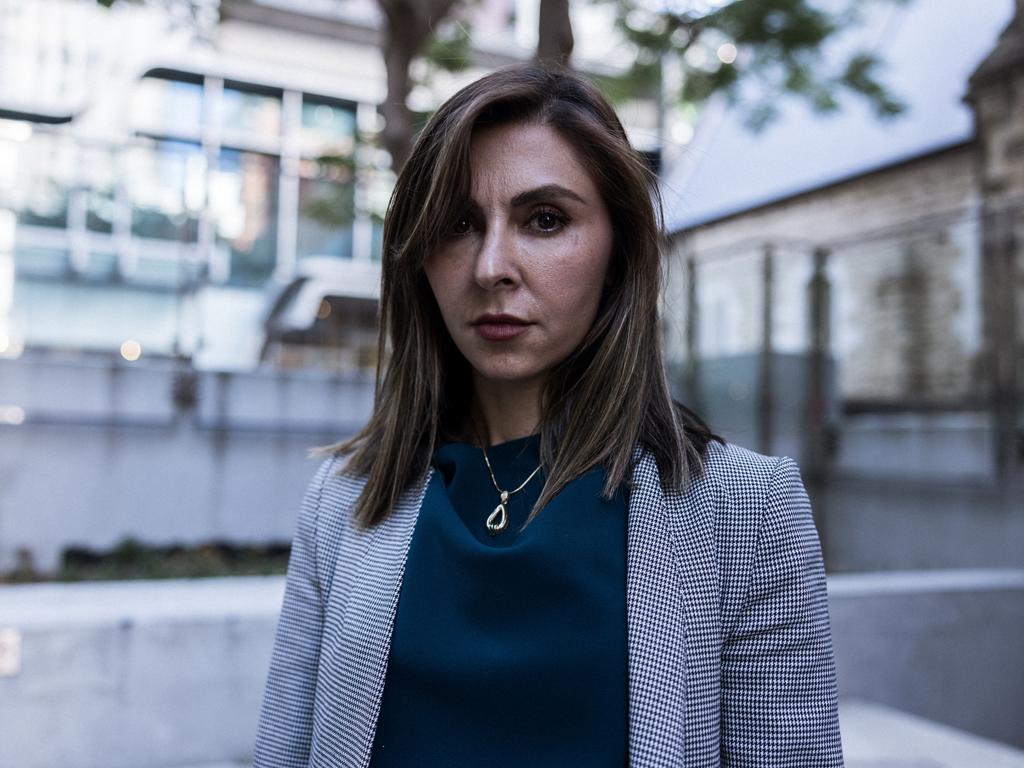Noora Niasari: On Shayda, Iran, her upbringing and what’s next
Filmmaker Noora Niasari discusses the visceral impact of her blistering debut feature flm, Shayda, and reveals details of her next project

You came to Australia from Tehran in Iran as a newborn and, at age five, lived in a women’s shelter with your mother. How much of that experience is in your new film, Shayda? It’s based on my memories and my mother’s memories of that time, but it’s very much an amalgamation of reality and fiction. The main point is that it’s emotionally true. I was inspired watching my mum overcome so much, going against what was expected of her and rewriting her destiny.
What were the guiding principles behind the way you treated the sensitive topic of domestic abuse? A key part of Shayda’s experience is escaping domestic violence, but the film is really about her rebirth. I was more interested in life after the escape, about a woman rebuilding her life and navigating all the legal structures of access visits, for example. The risk for women is actually amplified when they go to a women’s shelter and I think people don’t quite understand that.
Having won the World Cinema Audience Award at the Sundance Film Festival, Shayda has been chosen as Australia’s submission for the foreign language film Oscar. Not bad for a debut. It’s just so beautiful the way the film is resonating with people all around the world. There have been a lot of tears, a lot of people coming up to me and sharing their personal experiences. I’ve had to console a few people who were very emotional. I think the more specific a story is, the more universal it becomes.
How has the Iranian community responded? Iranians feel very seen and also grateful for the way it captures the Iranian experience, especially abroad. There’s a very particular narrative that comes through about Iran in the media, and people are just relieved to see a more humanistic approach and to see it shine a light on the joyous parts of our culture.
How much has changed since the 1990s, when the film is set? At that time, the majority of the Iranian community in Australia were regime-sponsored university students, and the secular contingent was in the minority. There was some conflict and division between the two factions. Now it’s rare to come across Iranians who are practising Muslims or wearing a hijab. There’s less conservatism in the community, but the stigma against divorced women or single mums still exists.
Have you been back to Iran? I’ve been back a number of times and it’s a complicated thing. In Australia, people are like, “Where are you from?” And then when I’m in Iran, they’re like, “You have an accent when you speak Farsi. Where are you from?” I love visiting Iran, feeling the history and richness of the culture, but it’s a very difficult situation for women in Iran, and it’s always challenging to navigate those things there.
What’s next for you? I’ve just been location scouting in Paris for my next film, Raya, an adaptation of (Mahsa Rahmani Noble’s) Iranian-American historical novel. It was brought to me by Gary Foster, who produced Sleepless in Seattle, and it’s the second in my trilogy about Iranian women. There’s a planned third film, which I can’t say much about except that it’s a further celebration and exploration of the strength of Iranian women.
Shayda is released in cinemas on October 5.








To join the conversation, please log in. Don't have an account? Register
Join the conversation, you are commenting as Logout